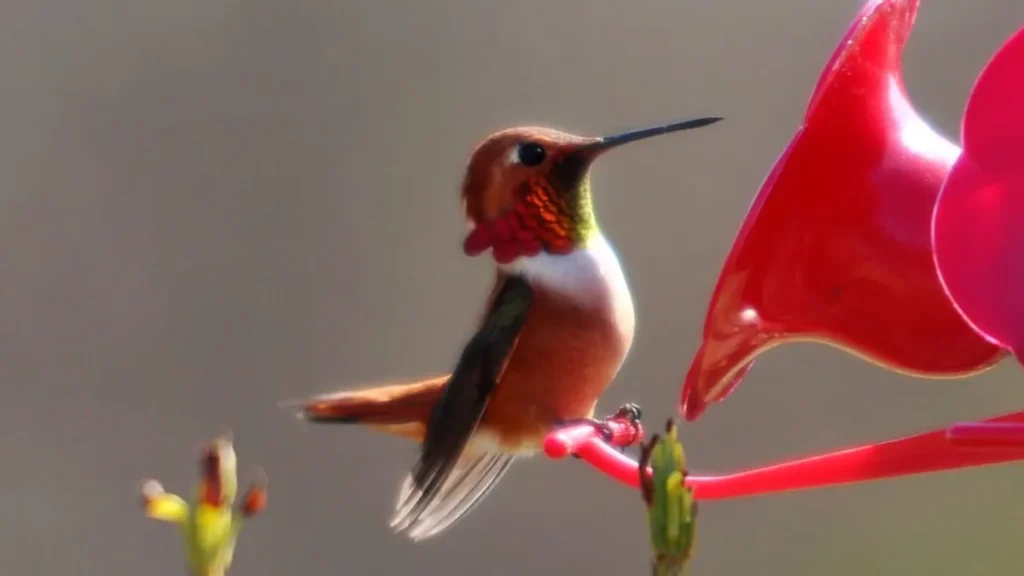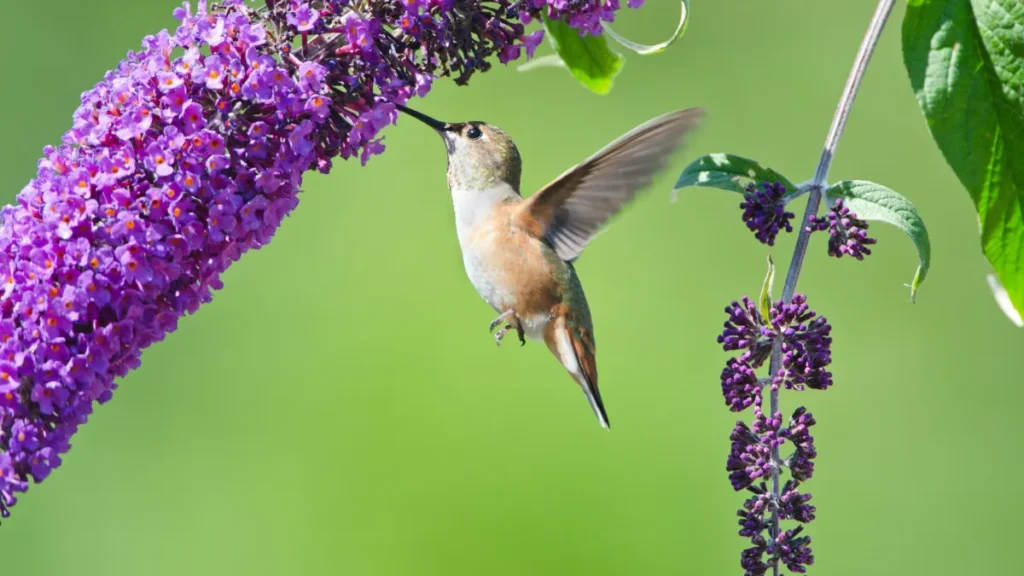Hummingbirds are small, vibrant creatures known for their unique flying abilities and beautiful plumage. With over 300 species of hummingbirds found in the Americas, each with its own distinct characteristics, identifying different types can be a rewarding challenge for bird enthusiasts. Here are some key features to help you recognize and differentiate between various hummingbird species:
1. Size and Shape
- Size: Hummingbirds range in size from just over 2 inches to about 5 inches long. The smallest species, the Bee Hummingbird, is around 2.5 inches long, while larger ones like the Rufous-tailed Hummingbird can reach up to 5 inches.
- Shape: Pay attention to the shape of the bird’s body and wings. Some species have more compact, rounded bodies, while others have long, slender bodies and tails. For example, the Long-tailed Sylph has an extended tail that is a key identifier.
2. Color and Plumage
- Throat Color: One of the most noticeable features is the colorful throat, known as the gorget. Some species have bright, iridescent colors like red, pink, or purple on their throats. For instance, the Ruby-throated Hummingbird has a striking ruby-red throat.
- Back and Belly: The back and belly colors vary widely among species. Some hummingbirds have metallic greens or blues, while others, like the Black-chinned Hummingbird, have dark plumage with metallic sheen.
- Tail Feathers: Pay attention to the tail feathers. Some species, like the Violet-tailed Sylph, have long, iridescent tail feathers that are key to their identification.
3. Flight Patterns
- Hovering: Most hummingbirds are known for their ability to hover in place. However, some species, like the Calliope Hummingbird, may appear to hover slightly differently due to their small size and rapid wingbeats.
- Flight Style: Larger hummingbirds, such as the Anna’s Hummingbird, may have a more controlled flight path, while others like the Broad-tailed Hummingbird have a more erratic and darting flight style.
4. Beak Shape and Size
- Straight or Curved Beaks: Hummingbirds have long, slender beaks that help them feed on nectar. The shape of the beak can help identify the species. For example, the Black-chinned Hummingbird has a straight beak, while the Costa’s Hummingbird has a slightly curved beak, which aids in feeding from flowers with deeper nectar spouts.
- Beak Length: Some species, such as the Sword-billed Hummingbird, have extraordinarily long beaks, while others like the Rufous Hummingbird have shorter, more compact beaks.
5. Habitat and Range
- Geographic Range: Certain species of hummingbirds are found in specific regions. For instance, the Andean Hillstar is typically found in high-altitude areas of the Andes Mountains, while the Black-throated Mango is usually found in Central America.
- Habitat: While many species are found in tropical or subtropical environments, others thrive in more temperate climates. Species like the Ruby-throated Hummingbird are commonly found in gardens and backyards in North America, while others prefer dense forests or mountain ranges.
6. Seasonal Changes
- Some hummingbirds undergo migration and may appear at different times of the year. For example, the Rufous Hummingbird migrates across North America, while the Anna’s Hummingbird is a year-round resident in parts of the southwestern United States.
7. Behavior
- Aggressive Tendencies: Some species, like the Rufous Hummingbird, are known for their territorial and aggressive behavior, especially during mating season. This can help distinguish them from more docile species.
- Feeding Habits: Different species have different feeding preferences. While all hummingbirds feed on nectar, some may prefer certain types of flowers or insects, which can help you narrow down the species based on local flora.
Conclusion
Identifying different types of hummingbirds requires a keen eye and attention to detail. By noting their size, color, flight patterns, beak shape, and habitat, you can differentiate between the many beautiful species that grace our skies. Whether you’re a beginner birdwatcher or an experienced enthusiast, the joy of spotting and identifying these tiny, vibrant creatures is one of nature’s greatest pleasures. So next time you spot a hummingbird, take a moment to observe these key features — you might just discover a new species!
Frequently Asked Questions (FAQs)
1. How can I tell if a hummingbird is a male or female?
Male hummingbirds typically have brighter and more colorful plumage, especially around their throats (gorget). Females, on the other hand, tend to have more subdued colors, with less iridescence on the throat and more neutral body tones.
2. What is the best time of year to see hummingbirds?
The best time to spot hummingbirds is during their migration seasons, which typically occur in the spring and fall. In North America, the Ruby-throated Hummingbird is commonly seen during these times, particularly in gardens and backyards.
3. How can I attract hummingbirds to my garden?
Planting nectar-rich flowers such as trumpet vines, bee balm, or columbine will attract hummingbirds. You can also set up a hummingbird feeder with a mixture of sugar water (four parts water to one part sugar) to entice them.
4. Do all hummingbirds migrate?
Most hummingbird species, especially those in North America, migrate seasonally. However, some species, like the Anna’s Hummingbird, are year-round residents in certain areas of the southwestern United States.


